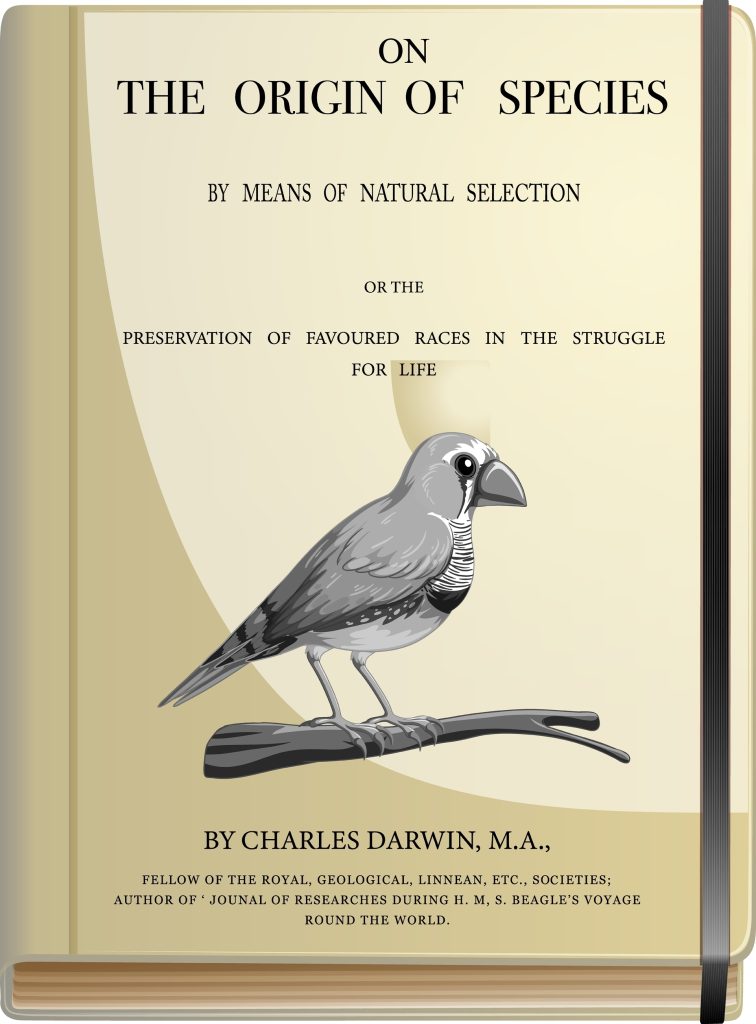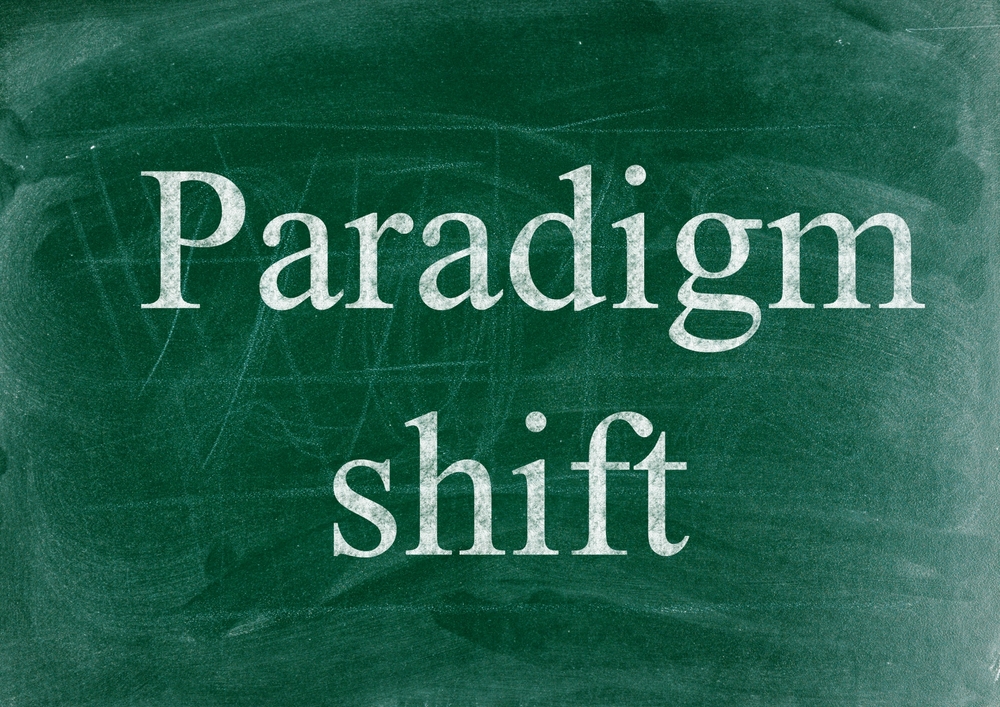OVERVIEW
The Institute views aging differently. The human organism is comprised of trillions of components, almost all of which have very limited lifespans, frequently measured in days. A typical human loses over 50 billion cells per day, many of which are highly specialized. The human maintenance system identifies, removes and replaces those damaged components. That’s an enormously difficult task that requires a remarkably sophisticated physiological system. If the maintenance system does a less than perfect job, intrinsic damage slowly accumulates over time. That accumulation of damage ultimately impairs the functioning of various organs and systems. The resulting progressive dysfunctionality is what is commonly referred to as biological aging.
The primary purpose of this website is to convince the establishment to acknowledge a simple fact that has an enormous amount of confirming evidence – humans are genetically endowed with a robust maintenance system. If that’s the case, then why does the Institute lose the term “New Paradigm,” and why does there need to be so much content on the website? A foundational preconception of the current aging paradigm is that maintenance systems are either nonexistent or inherently ineffective. Accepting the New Paradigm’s reality that all species have maintenance systems completely undermines the current paradigm. One of Kuhn’s most critical insights is that because normal scientists accept without question that the current paradigm is reality, any evidence that threatens to undermine that reality is dismissed or ignored. So the Institute cannot achieve its goal simply by citing all of the readily available information regarding the human maintenance system. That evidence will just be ignored.
In making its case for a paradigm shift, the Institute bears the burden of overcoming the presumption that the current aging paradigm is reality. Thus the Institute must expose the flaws in the current paradigm, and present a compelling case that a paradigm shift is necessary before it can propose the New Paradigm.
The content on this website consists of 14 different essays, organized into four different sections. The first section discusses the current aging paradigm. The second section argues the case for a paradigm shift. The third section sets forth the proposed New Paradigm. And the fourth section discusses some of the ramifications of accepting the New Paradigm.
Each of the essays addresses a particular topic in detail. This Overview introduces each of the sections and describes the concepts that are discussed in each essay within each of the sections. This Overview is also intended to establish a conceptual framework that shows how the concepts discussed in the more detailed essays fit together.
I. The Current Aging Paradigm
The first section of essays, entitled “The Current Aging Paradigm,” focuses on the current aging paradigm. The first essay in that section describes a number of the core preconceptions of the current paradigm, and demonstrates how they are inconsistent with reality. Two other essays discuss in detail the futile 160+ year effort to concoct a rationale that would allow the aging paradigm to co-exist with the principles of natural selection. The final essay in this section discusses paradigmatic norms and paradigm paralysis.
The following is a brief summary of the concepts discussed in the four essays that comprise “The Current Aging Paradigm.”
Science can’t evolve in a vacuum. All concepts must exist within a preconceived notion of reality. In his 1962 book, The Structure of Scientific Revolution, Thomas Kuhn used the term “paradigm” to describe the set of preconceptions that dominates a particular field of science for a period of time. A fundamental goal of science is to improve upon the conceptual framework embodied in whatever paradigm is current at the time. When the change in the basic conceptual framework is large, it is labeled a paradigm shift, and a scientific revolution follows.
The classic example is the shift from the Ptolemaic paradigm based on the preconception that the earth was the stationary center of the universe, to the Copernican view that the sun lies at the center of the solar system. The Copernican model is far from perfect, but it is a much more accurate representation of objective reality than the prior paradigm. That paradigm shift resulted in a true scientific revolution. The paradigm shift didn’t change any of the previous observations – the sun still “rises” in the east every morning. However, by presenting a more accurate depiction of objective reality, the Copernican model provided a far better conceptual framework within which scientists could interpret observations and solve problems.

Among the preconceptions that are embedded in the current aging paradigm are that young people are healthy and strong; older people are unhealthy and weak. The infirmities of aging are inevitable and irreversible. The biological changes that we experience with advancing chronological age are part of an aging process that inevitably results in death. Other species experience aging processes that are comparable to the human aging process. And since all members of all species suffer from the aging phenomenon, it must be a genetically inherited trait.
Everyone accepts the current paradigm and all of the foregoing preconceptions as being accurate representations of reality. But once the Institute realized that these preconceptions are inconsistent with the Theory of Evolution, it decided that the preconceptions, rather than the Theory, needed to be re-examined.
When examined, it turns out that none of the basis preconceptions of the current aging paradigm is consistent with objective reality. Not all young people are healthy and strong. Lots of younger humans suffer from chronic disorders such as type 2 diabetes (which at one time, but no longer, was labelled “adult-onset diabetes). Not all old people are sick and weak. There are people in their fifties and sixties who are as vigorous and healthy as they were in their twenties. Certain infirmities associated with aging are reversible – lifestyle modifications can markedly improve the functioning of a number of physiological systems. Even an older adult can improve her cardiovascular system, skeletal muscle system, skeletal system, etc., by modifying diet and exercise regimens. No one has ever discovered any compelling evidence that there is a pro-active physiological aging process. If there is no process that is designed to result in our deaths, there is no logical reason to assume that there is a necessary linkage between dying and progressive dysfunctionality. And not all species experience the same biological aging process as humans. In fact, in their evolutionary environment (i.e., one that is populated with robust predator populations), no species other than humans ever shows any signs of biological aging. Finally, and most importantly, the Theory of Evolution tells us that it is impossible for biological aging to be a genetically inherited trait.
Many readers are likely to view a number of the assertions made in the preceding paragraph with good deal of skepticism. These assertions are discussed and supported in far greater detail in the essay entitled “Misconceptions Embodied in the Aging Paradigm.”

Darwin recognized that the fundamental principle of his proposed theory was wholly inconsistent with what everyone understood to be the aging phenomenon. Natural selection dictates that desirable traits – those that promote survival and reproductive success – are inherited by succeeding generations. Undesirable traits are rejected. Darwin’s aging conundrum was that the least desirable trait imaginable – biological aging – was a trait shared by all species.
To the extent that there has been any effort to develop a scientific theory that would explain aging, most of that effort has been devoted to the academic debate between the PA and NPA rationales. The PA rationale is discussed at some length in the essay entitled “Critique of the Programmed Aging Rationale.” The NPA rationale is discussed in the essay entitled “Critique of the Non-Programmed Aging Rationale.”
These concepts are explored in the essay entitled “Paradigmatic Norms and Paradigm Paralysis.”
II. The Case for Paradigm Shift
The second section of the website is entitled “The Case for Paradigm Shift.” Kuhn set forth three prerequisites for a paradigm shift. Two essays address the first prerequisite, which is dissatisfaction with the current paradigm. By presuming that progressive dysfunctionality, which is the root cause of all age-associated degenerative diseases, is an integral part of a genetically inherited aging process, the current paradigm makes it impossible to develop any preventions or cures for those diseases. Instead, the U.S. medical establishment spends trillions of dollars per year “treating” the age-associated degenerative diseases. The first of the two essays addresses the obvious flaws in the medical establishment’s approach to the problem. The second essay focuses on the pharmaceutical industry.

The following is a summary of the concepts discussed in the four essays that comprise “The Case for Paradigm Shift.”
The host of problems that arise from medical profession’s inability to formulate a coherent approach to preventing or curing age-associated degenerative disorders are discussed in the essay entitled “The Current Paradigm and Age-Associated Disorders.”
These issues are discussed in the essay entitled “Pharmaceutical Interventions for Age-Associated Disorders.”
There are a number of familiar phenomena that are inconsistent with the aging paradigm, some of which are discussed in the essay entitled “Anomalies.” Adherents to the aging paradigm have long accepted the rationales for these anomalies, or simply sidestepped them. To cite just one example — most aging theorists ascribe the accumulation of biological damage that results in diminishing functionality to ordinary wear and tear, or entropy. But if that’s the case, how can one explain why increased physical activity, which undoubtedly increases wear and tear, has been conclusively proven to improve functionality in humans of all ages? Rather than acknowledging that this is an unexplainable anomaly, the typical response is to dismiss the phenomenon with the comment that doctors already recommend that people should engage in more physical activity.
A fundamental preconception of the current paradigm is that all species are subject to a similar biological aging process. Thus the current paradigm predicts that one should observe signs of diminished functionality in members of other species at a relatively young age. The stunning anomaly is that for over 75 years, aging theorists have been aware of the empirical fact that, in their evolutionary environment, no species other than homo sapiens ever evidences any age-associated diminution in functionality. That’s because they all die as the result of non-age-associated causes (starvation, predators, etc.) before showing any signs of functional decline. The fact that the typical human shows diminutions in functionality while still in the third decade of life, while no other species shows any diminution in functionality at any time in its evolutionary environment is powerful evidence that not only is the preconception that all species are subject to a similar biological aging process, but also that biological aging is unique to homo sapiens.
The essay entitled “Aging in Other Species” discusses these concepts, and sets forth a simple explanation, completely consistent with evolutionary theory, as to why similar species can have remarkable variances when it comes to longevity.
The reason that we observe age-associated diminutions in functionality in domesticated animals is that the maintenance systems of all species have a chronological limitation, with that limitation being a function of the natural lifespan of the species. The natural lifespan of a species is the length of time until substantially all members of the species necessarily die as the result of non-aging related causes in the evolutionary environment. In an environment where the organism does not have to compete from food and is protected from predators, that organism will outlive its natural lifespan and thus outlive the functionality of its maintenance system.

By contrast, because the naked mole rat evolved in an environment that is protected from predators (and thus its natural lifespan is much longer than that of the lab rat), enhancements to its maintenance system did confer evolutionary advantages. The maintenance system of the naked mole can remain effective for more than three decades.

III. The New Paradigm
The third section of the website is entitled “The New Paradigm.” What’s unique about a new paradigm is that it doesn’t simply explain the generally accepted reality embodied by the current paradigm. It proposes a new reality. Copernicus didn’t explain how the apparent motion of planets could be consistent with the Ptolemaic paradigm. He rejected the notion that the Earth was the stationary center of the universe, thereby creating a new reality that placed the sun at the center of the solar system.
The following is a summary of the concepts discussed in the four essays that comprise “The New Paradigm.”

The maintenance system has many similarities to the immune system. Like the immune system, the maintenance system is not a specific group of organs that can be identified by dissecting a cadaver. The endocrine system, which produces and secretes dozens of hormones that are associated with maintenance, is the most obvious physiological feature of the maintenance system. But, like the immune system, there are multiple biological structures and processes that work together to ensure optimal functionality. And, like the immune system, the role of the maintenance system is not obvious unless something goes awry. Because intrinsic damage is an inexorable force, any disruption of the maintenance system results in the accumulation of intrinsic damage, which ultimately compromises the functionality of the affected organs and systems.
Intrinsic damage and the human maintenance system are discussed in the essay entitled “Intrinsic Damage and the Human Maintenance System.”
According to Thomas Kuhn, a paradigm shift triggers a scientific revolution, during which scientists are able to develop new theories within an improved conceptual framework. The fundamental premise of the New Paradigm is that all complex organisms have physiological systems that are designed to remove and replace dead and damaged biological components. Like all physiological systems, over the eons the maintenance system has evolved in very different ways in different species. If the scientific establishment were to accept these notions (and the only alternative would be to continue to believe that humans are able to remove and replace over 50 billion specialized components per day without having a physiological process that performs that function), then, by applying the principles of natural selection, it would be possible to develop scientific theories that explain many phenomena that have, to date, defied explanation. The essay entitled “Scientific Revolution” discusses several proposed new explanations (hypotheses) for these phenomena that result naturally from the New Paradigm.

From a practical standpoint, by far the most important hypotheses that naturally flow from the New Paradigm relate to degenerative disorders. A degenerative disorder is one that is characterized by the progressive deterioration of the structure and function of an organ or system. Among the new hypotheses arising from the New Paradigm are the following: All degenerative disorders result from a disruption of one or more maintenance processes. Since intrinsic damage is an inexorable force, any substantial disruption of any maintenance process will result in a degenerative disorder. And any degenerative disorder can be cured by identifying and neutralizing whatever factor is causing the disruption of the maintenance system.
Perhaps the most profound notion the arises from the New Paradigm is that the progressive dysfunctionality that the typical human experiences with advancing chronological age (biological aging under the current aging paradigm/FDS under the New Paradigm) is itself a degenerative disorder. Since all degenerative disorders can be prevented or cured by neutralizing the environmental factor that is disrupting the maintenance system, FDS is a preventable and curable disorder. Degenerative disorders are discussed in the essay entitled “Degenerative Disorders.”
The final essay in this section is entitled “Functional Decline Syndrome.” FDS is similar to, but not identical with, the term “biological aging.” Biological aging encompasses all physiological changes that are experienced with advancing chronological age. FDS is restricted to those changes that are symptoms of a degenerative disorder.
IV. Implications
The fourth and final section of essays on this website is entitled “Implications.” The purpose these essays is to answer the question “Why should anyone care about a New Paradigm?” The first essay in this section describes some of changes that would result from the acceptance of the New Paradigm. The second essay takes us into the future, suggesting some of the ways in which the world would change if scientists were able to identify and neutralize the environmental agent that disrupts the functioning of our maintenance systems, thus eradicating FDS.
The following is a brief summary of the concepts discussed in the two essays that comprise “Implications.”
The first essay in this section is entitled “Accepting the New Paradigm.” It discusses the ramifications that would necessarily result from the scientific establishment simply acknowledging that the New Paradigm establishes a better conceptual framework for explaining FDS than does the current aging paradigm.
The first set of ramifications result from the fact that accepting the New Paradigm means finally fully embracing the theory of evolution by natural selection. A critical principle of natural selection is that evolution can’t make a mistake. There can be no physiological processes that are inefficient or counterproductive. As a result, accepting the New Paradigm means rejecting the proposition that the pharmaceutical industry can create drugs that do a better job of regulating our natural processes than a billion years of evolution.
By far the most significant practical ramification of accepting the New Paradigm would be the effect on our perception of the age-associated degenerative diseases. Everyone accepts the proposition that the medical establishment can and should do whatever it can to treat age-associated degenerative diseases and to address the risk factors that contribute to those diseases. But attacking the “aging process,” which is the root cause of these diseases, is a different proposition altogether. Since the aging process is assumed to be natural and inevitable, there has never been a serious attempt to address it. Instead, the medical establishment has devoted enormous resources to ameliorating symptoms and keeping people alive.

The Institute has provided a roadmap by explaining that FDS is a degenerative disorder that is caused by an environmental factor interfering with the proper functioning of the human maintenance system. Once scientists have identified what that environmental factor is, developing interventions that would neutralize that environmental factor and restore the proper functioning of the maintenance system should be well within the capabilities of existing medical technology. The essay entitled “Eradicating FDS” explores how the environmental factor might be neutralized. It then discusses the societal ramifications of eradicating FDS.
Finally, eradicating FDS would not just result in the eradication of the age-associated degenerative disorders. FDS encompasses all age-associated diminutions in functionality across all modalities. We are all genetically designed not just to survive, but to maintain optimal functionality throughout our natural lifespans. There is no genetic reason why a 70-year old cannot function as well or better than he or she could as a 25-year old. But for cosmetic changes that are not symptoms of FDS, if we can eradicate FDS, we will have discovered the Fountain of Youth.
